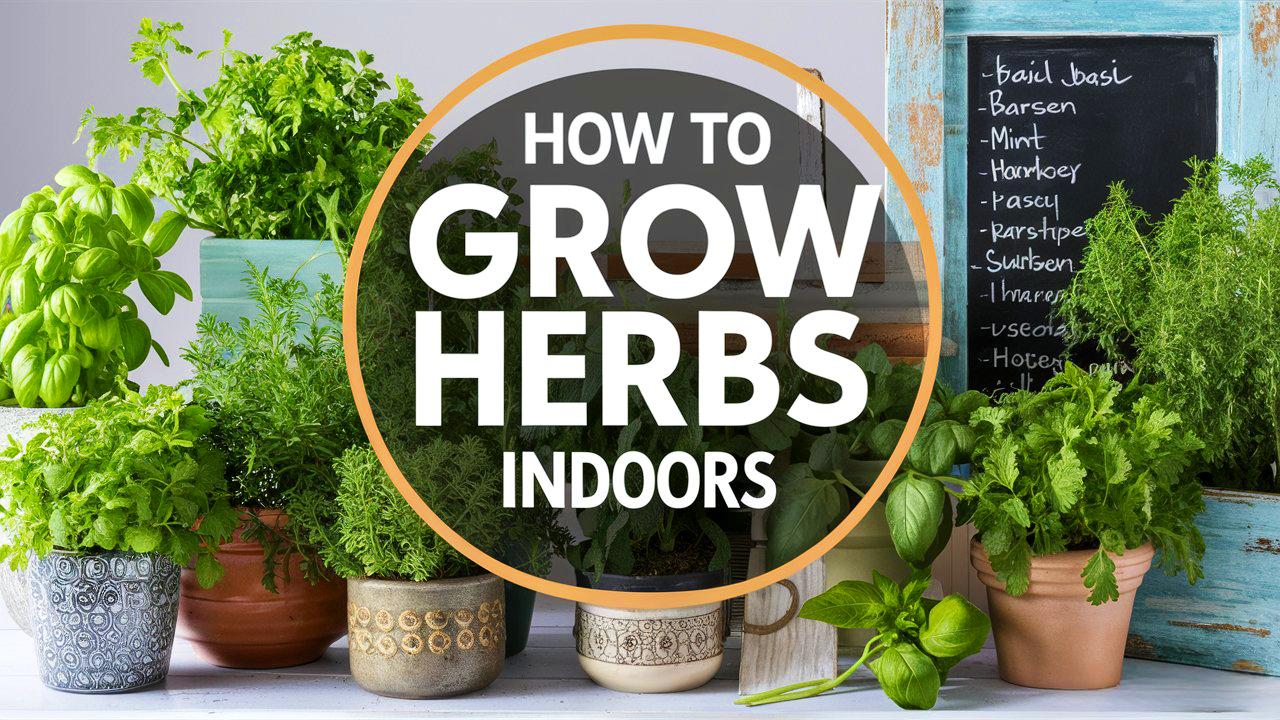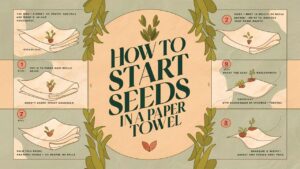Growing herbs indoors is a rewarding endeavor that not only enhances your culinary experiences but also adds a touch of greenery to your living space. For beginners, indoor herb gardening may seem daunting, but with a little knowledge and effort, it can be an enjoyable hobby.
This guide will provide you with detailed insights into the essentials of growing herbs indoors, including suitable herbs, ideal conditions, planting techniques, care and maintenance, common pest management, and harvesting.
Choosing the Right Herbs for Indoor Gardening
When embarking on your indoor herb garden journey, selecting the right herbs is crucial. Some herbs are particularly suited to indoor environments due to their growth habits, size, and light requirements. Here are some excellent options for beginners:
Basil
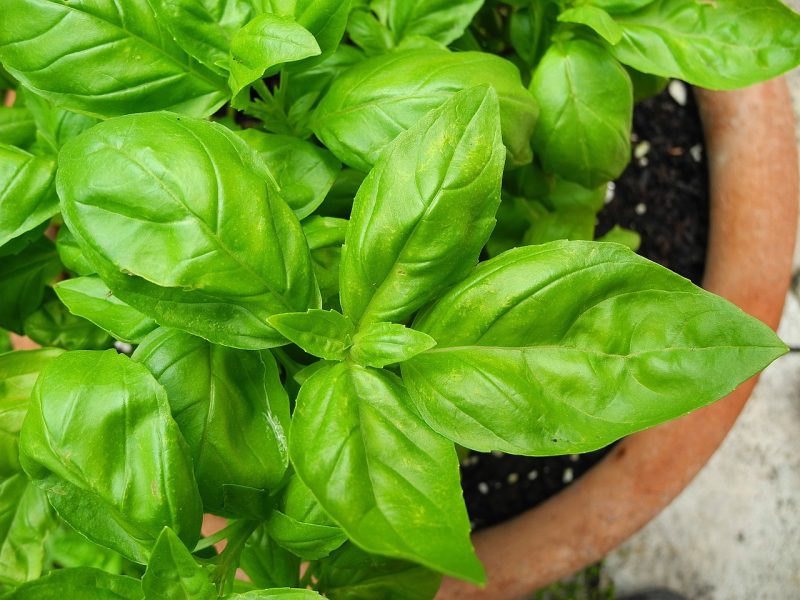
Basil is one of the most popular culinary herbs. It thrives indoors when provided with plenty of sunlight and warmth. The sweet aroma adds flavor to various dishes, particularly Italian cuisine.
Chives
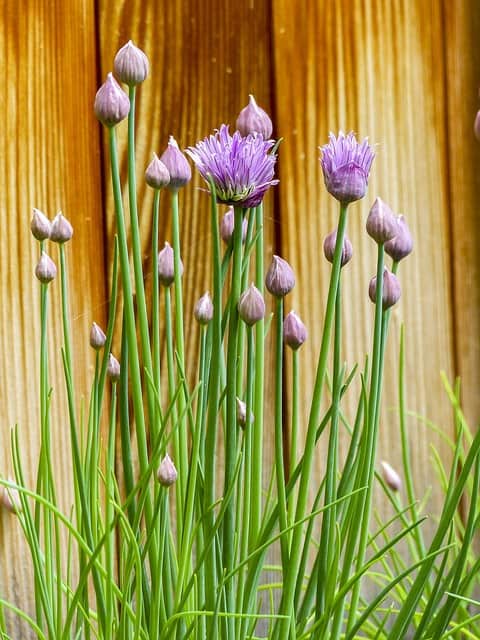
Chives are hardy and can tolerate slightly less light, making them ideal for indoor gardening. Their mild onion flavor can enhance salads and soups, and they grow quickly.
Mint
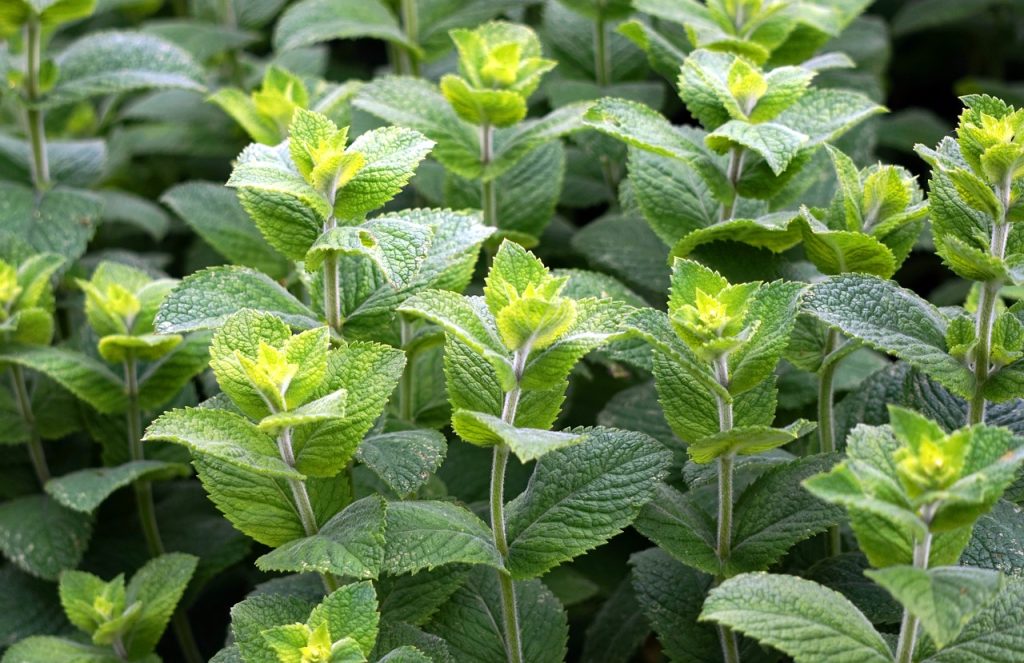
Mint’s vigorous growth makes it a favorite among beginner gardeners. It does well in containers and can thrive in various lighting conditions, although it prefers bright indirect light.
Parsley
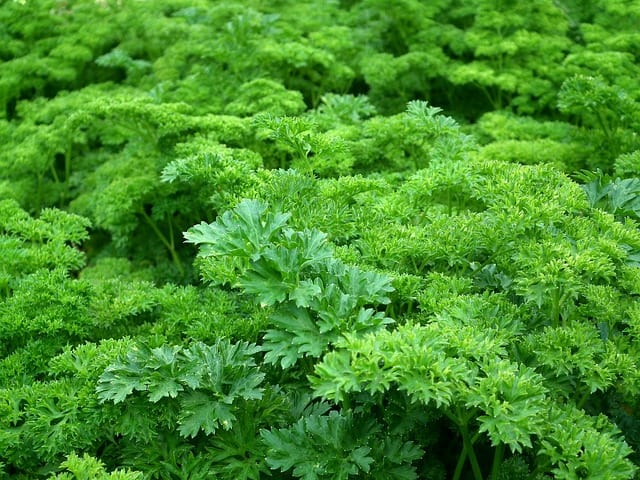
Parsley is a biennial herb that can be grown indoors and used in a multitude of dishes. It appreciates bright light and can tolerate cooler temperatures, making it an excellent choice for beginners.
Oregano
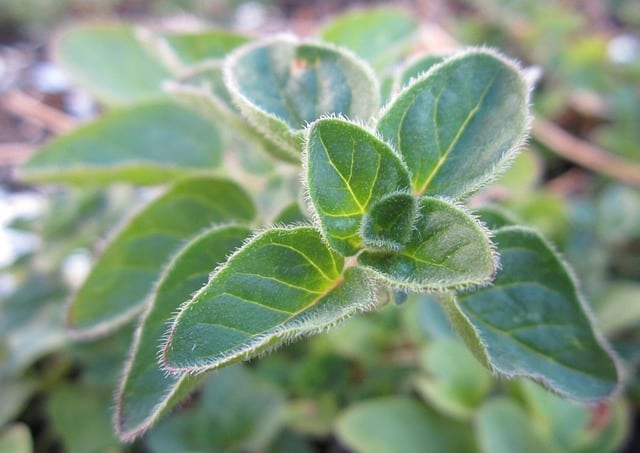
Oregano is an essential herb in Mediterranean cuisine. It does well in well-draining soil and should be placed where it can receive lots of sunlight.
Cilantro
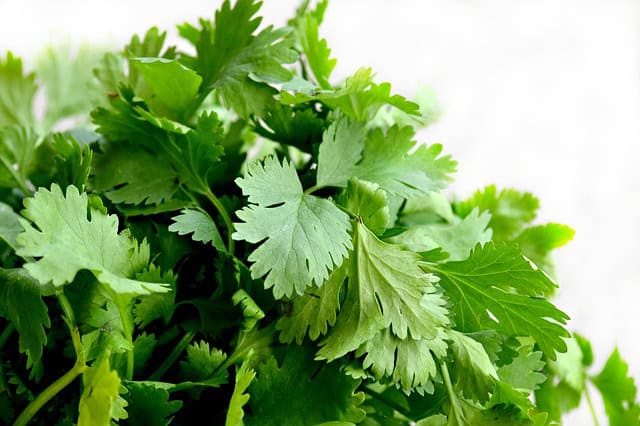
Cilantro, or coriander, is a versatile herb used in many global cuisines. It prefers cooler temperatures but requires plenty of sunlight for optimal growth.
Selecting a mix of these herbs will provide you with a variety of flavors to enhance your cooking and allow for a rewarding gardening experience.
Understanding Growing Conditions
Indoor herbs require specific growing conditions to flourish. The key factors include light, temperature, humidity, and soil.
Light Requirements
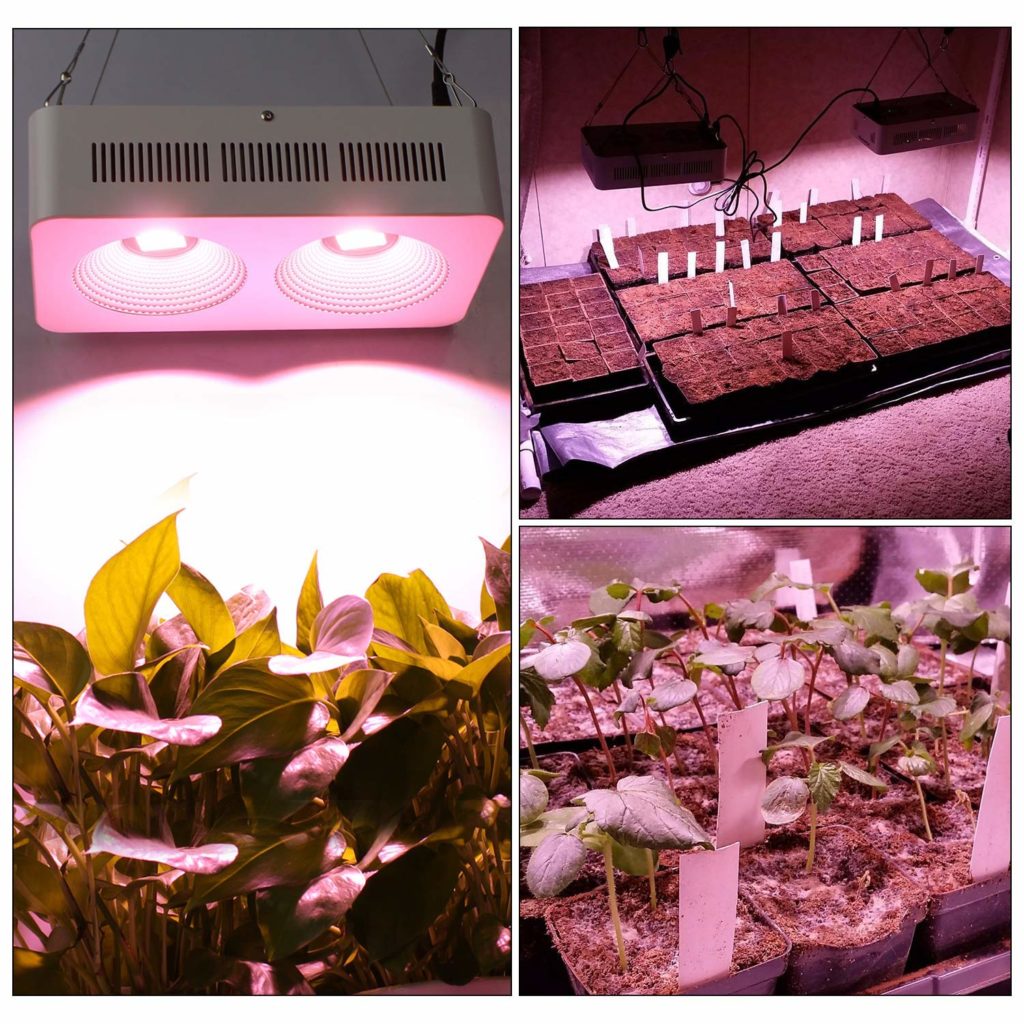
Herbs need plenty of light to thrive. Ideally, they should receive about 12 to 16 hours of light daily. If you have south-facing windows, these are the best spots for sunlight-loving herbs. However, if natural light is limited, consider investing in grow lights. Full-spectrum LED or fluorescent grow lights can provide the necessary spectrum for plant growth without consuming too much energy.
Temperature & Humidity
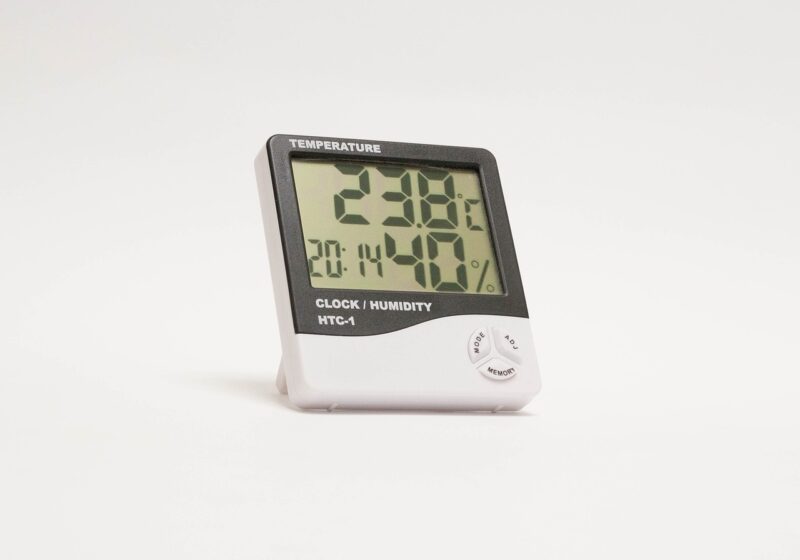
Most herbs prefer temperatures ranging from 65°F to 75°F (18°C to 24°C). They can tolerate cooler temperatures, but very hot or cold drafts should be avoided. Ensuring a stable indoor climate will help your herbs grow robustly.
Humidity
Indoor air can become dry, especially in winter. Herbs thrive in higher humidity levels. You can boost humidity by grouping pots, using a humidifier, or placing a shallow tray filled with water and pebbles near your herbs to create a mini-ecosystem.
Soil and Drainage
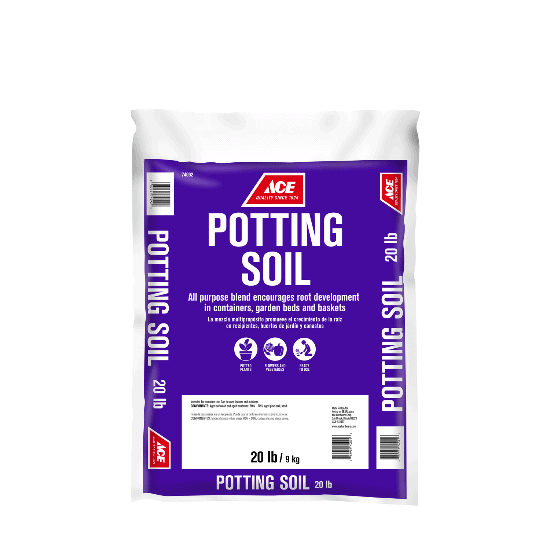
Select a well-draining potting mix designed for container gardening. Avoid using garden soil, as it may not provide the necessary aeration and drainage. Pots should have drainage holes to prevent water from sitting at the bottom, which can lead to root rot.
Planting Methods for Indoor Herbs
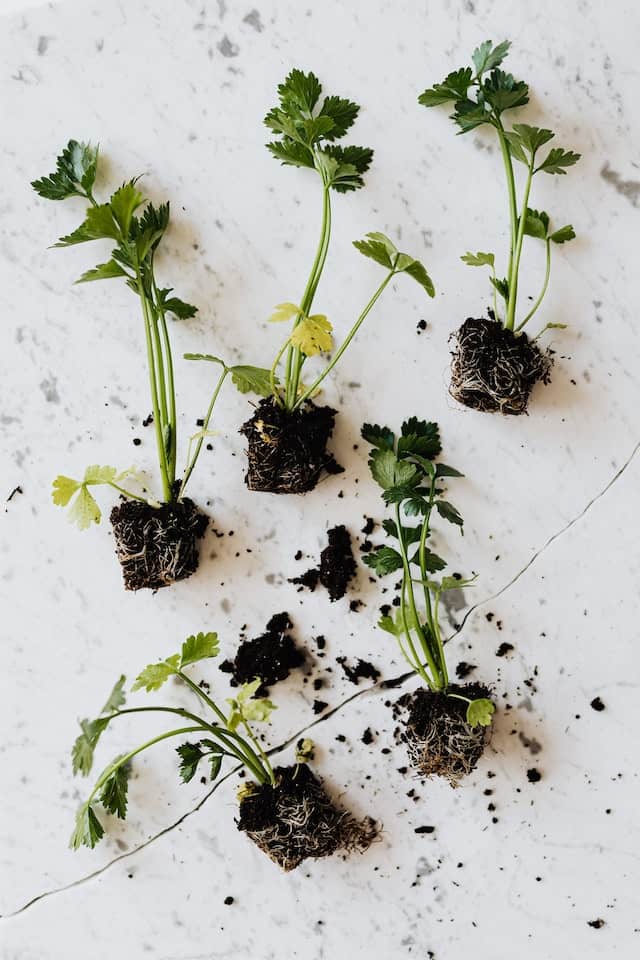
When it comes to planting herbs indoors, there are various methods beginners can choose from: starting from seeds, purchasing young plants (transplants), or using cuttings from existing herbs.
Planting from Seeds
Growing herbs from seeds can be incredibly rewarding. Begin by filling seed trays or small pots with the potting mix, ensuring it is moist but not soggy. Follow packet instructions for planting depth, as some seeds need light to germinate while others require covering. Cover the containers with plastic wrap or a dome to retain moisture until germination, then provide adequate light.
Using Transplants
Purchasing young herb plants from a nursery is a quick and easy way to start your indoor garden. Choose healthy plants with vibrant leaves and a strong stem. Transplant them into pots at least 6 inches deep, providing ample room for root growth.
Propagation from Cuttings
Certain herbs like mint and basil can be propagated from cuttings. Snip a healthy stem and place it in a glass of water, ensuring it receives indirect sunlight. Roots will develop in a couple of weeks, and once they are a few inches long, transfer the cutting into a pot with soil.
Care and Maintenance of Indoor Herbs
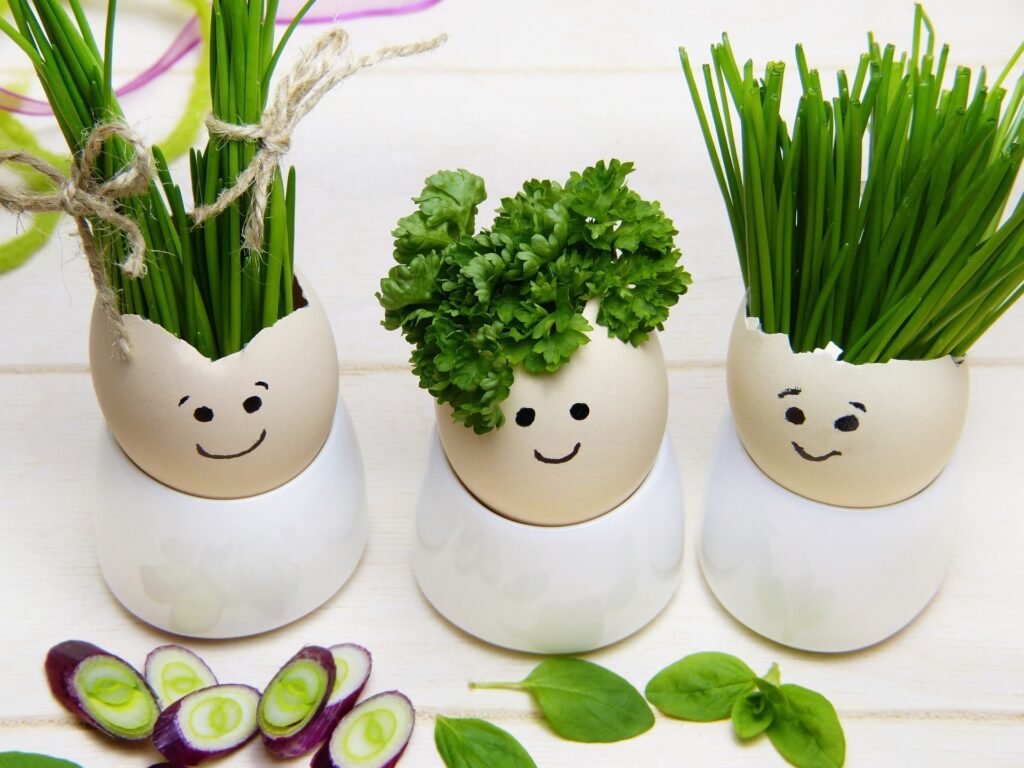
Once your herbs are planted, proper care and maintenance are essential for their growth. Below are some critical aspects to consider:
Watering Techniques
Herbs require consistent moisture, but it’s vital not to overwater. Allow the top inch of the soil to dry out before watering again. It’s best to water in the morning, ensuring that the plants can absorb moisture before temperatures cool in the evening.
Fertilizing Your Herbs
Indoor herbs benefit from regular feeding. Use a balanced liquid fertilizer every month during the growing season (spring and summer). Always follow the manufacturer’s instructions to avoid over-fertilization, which can harm the plants.
Pruning and Harvesting
Regular pruning encourages bushy growth and prevents the herbs from becoming leggy. Trim the leaves while ensuring you don’t cut more than one-third of the plant at a time. Harvesting encourages new growth and ensures that you have a constant supply of fresh herbs for your kitchen.
Pest and Disease Management
Although growing herbs indoors minimizes pest populations, you still need to be vigilant. Common pests include aphids, spider mites, and whiteflies. Regularly inspect your plants for signs of pests. If detected, use insecticidal soap or neem oil, applying it as directed on the product label.
Common Challenges and Solutions
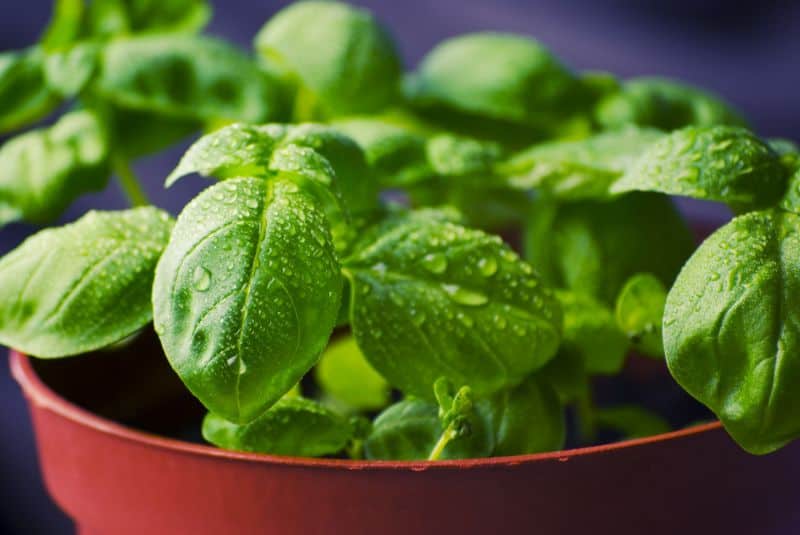
As a beginner gardener, you may encounter several challenges while growing herbs indoors. Addressing these proactively will help ensure healthy plants.
Problem: Insufficient Light
If your herbs are growing leggy (tall with sparse leaves) or not growing at all, they may not be receiving enough light. Move them to a brighter location or consider using grow lights to supplement natural light.
Problem: Overwatering
Overwatering is a common issue for new gardeners. Signs include yellowing leaves, wilting, or root rot. Ensure you adjust your watering schedule and consider repotting the herbs in fresh soil to improve drainage.
Problem: Getting Too Dry
Indoor climates can fluctuate significantly. If your herbs have dried leaves or are dropping leaves, they may not have enough humidity. Increase humidity levels with a humidifier or through the methods mentioned earlier.
Harvesting and Enjoying Your Indoor Herbs
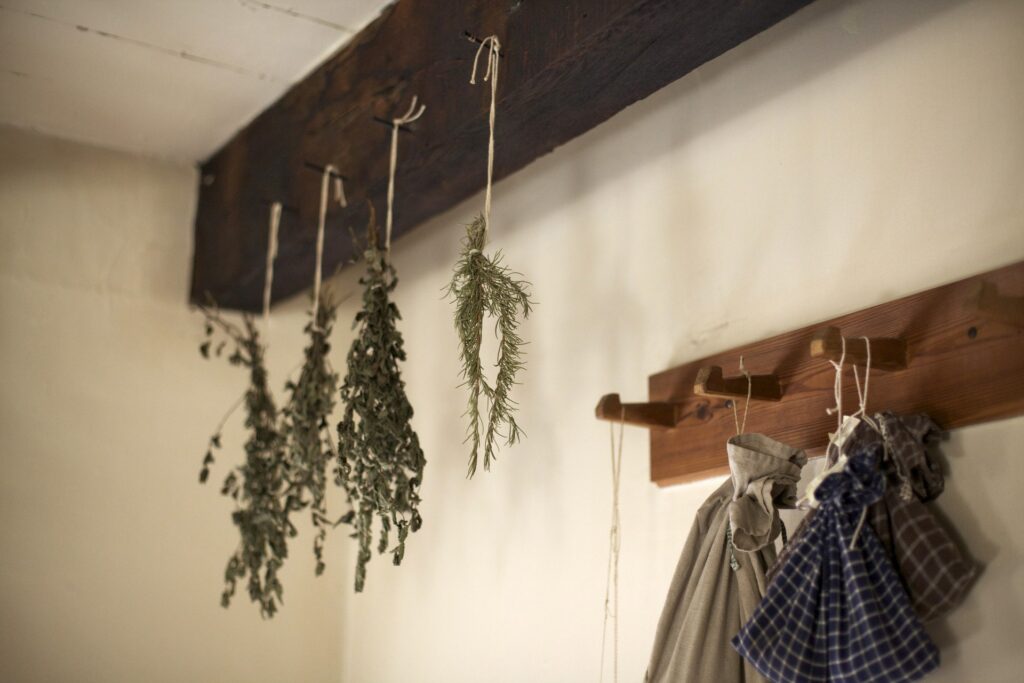
Herbs are at their best when freshly harvested. Here’s how to maximize your harvest while ensuring long-lasting growth:
Best Time to Harvest
The best time to harvest herbs is in the morning after the dew has dried but before the sun’s heat intensifies. This prevents the loss of essential oils that contribute to flavor and aroma.
How to Harvest
Always use clean, sharp scissors or pruning shears to prevent damage to the plants. Snip stems just above a pair of leaves to encourage new growth. Harvesting regularly not only provides you with fresh herbs but ensures a bushier plant overall.
Utilizing Your Harvest
Incorporate fresh herbs into your daily cooking. From dressings and marinades to pasta dishes and herbal teas, the possibilities are endless. Consider drying or freezing excess herbs if you can’t use them immediately.
Conclusion
Growing herbs indoors is a fulfilling way to bring fresh flavors into your kitchen while enjoying the benefits of gardening. With the right choice of herbs, attention to their growing conditions, and proper maintenance, even beginners can succeed. Whether you’re looking to enhance your meals or create a calming indoor garden, indoor herbs can enrich your life in many wonderful ways. Start small, experiment with different varieties, and soon you will be on your way to becoming a confident indoor herb gardener.


